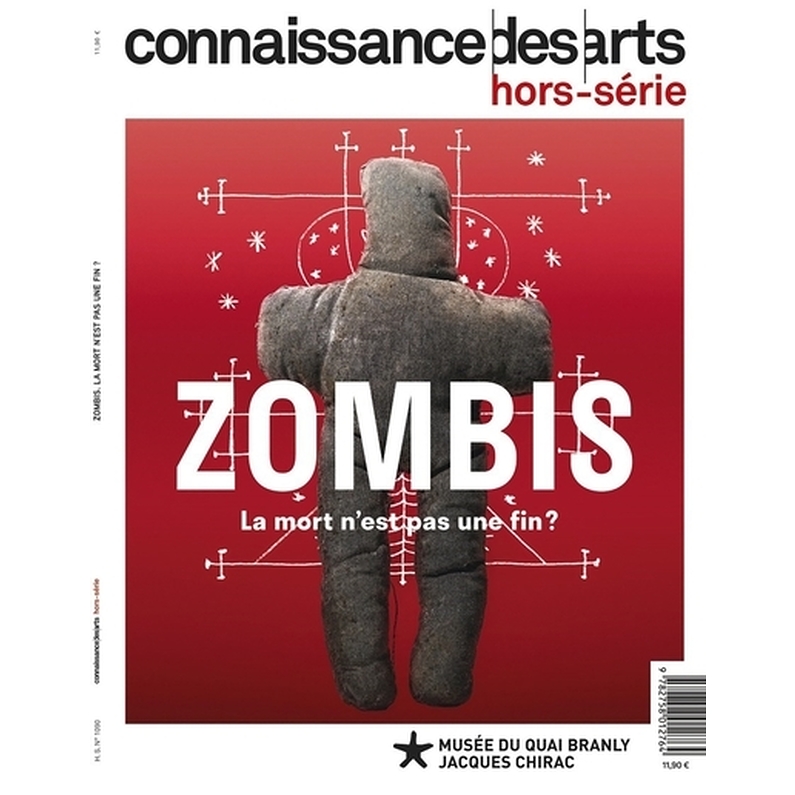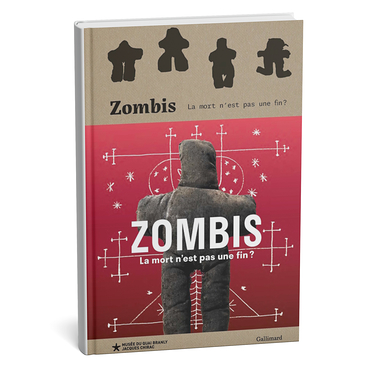Description
Contents :
Zombies, death and life: Interview with Philippe Charlier, forensic pathologist, director of the Anthropology, Archaeology and Biology Laboratory at the University of Versailles Saint-Quentin-en-Yvelines and curator of the exhibition,
Three major sites of Haitian voodoo: Explore the peristyles where voodoo ceremonies take place, discover the rites of the bizango court, and the mysteries hidden in the cemeteries.
Voodoo and artistic creation: Many Haitian artists have made the rites, myths and symbols of voodoo their own. Baron Samedi, master of the cemeteries, is a firm favourite. His followers include the painter Frantz Zéphirin and the textile artist Myrlande Constant.
African sources: Born of the meeting of different animist cults from Central and West Africa, African voodoo found its full flowering with the creation and expansion of the Fon kingdom of Abomey (now Benin) in the seventeenth and eighteenth centuries.
The spectre of slavery: The fruit of the slave trade and the unlikely meeting of African and Caribbean populations, Haitian voodoo carries the painful memory of slavery, which it evokes, consciously or unconsciously, through its ritual objects and beliefs.
Zombies, let's roll: Originating in America in the 1930s, the zombie film quickly severed its ties with Haiti. Night of the Living Dead (1968) by George A. Romero's Night of the Living Dead marked a turning point in the history of this horrific genre, and speaks volumes about the collective fears of our time.
Interviews, studies of the works, practical information... This special issue is a richly illustrated presentation of the exhibition 'Zombis. La mort n'est pas une fin?' exhibition at the Musée du Quai Branly, in preparation for or in addition to your visit!
Characteristics
- Number of pages
- 44
- Publication date
- 9/10/2024
- Dimensions
- 21,5 cm x 28,5 cm
- Categories
- Bookshop & Media, Reviews, Exhibition & catalogues, Catalogues d'exposition, Exhibition - Zombis. Death is not the end ?


